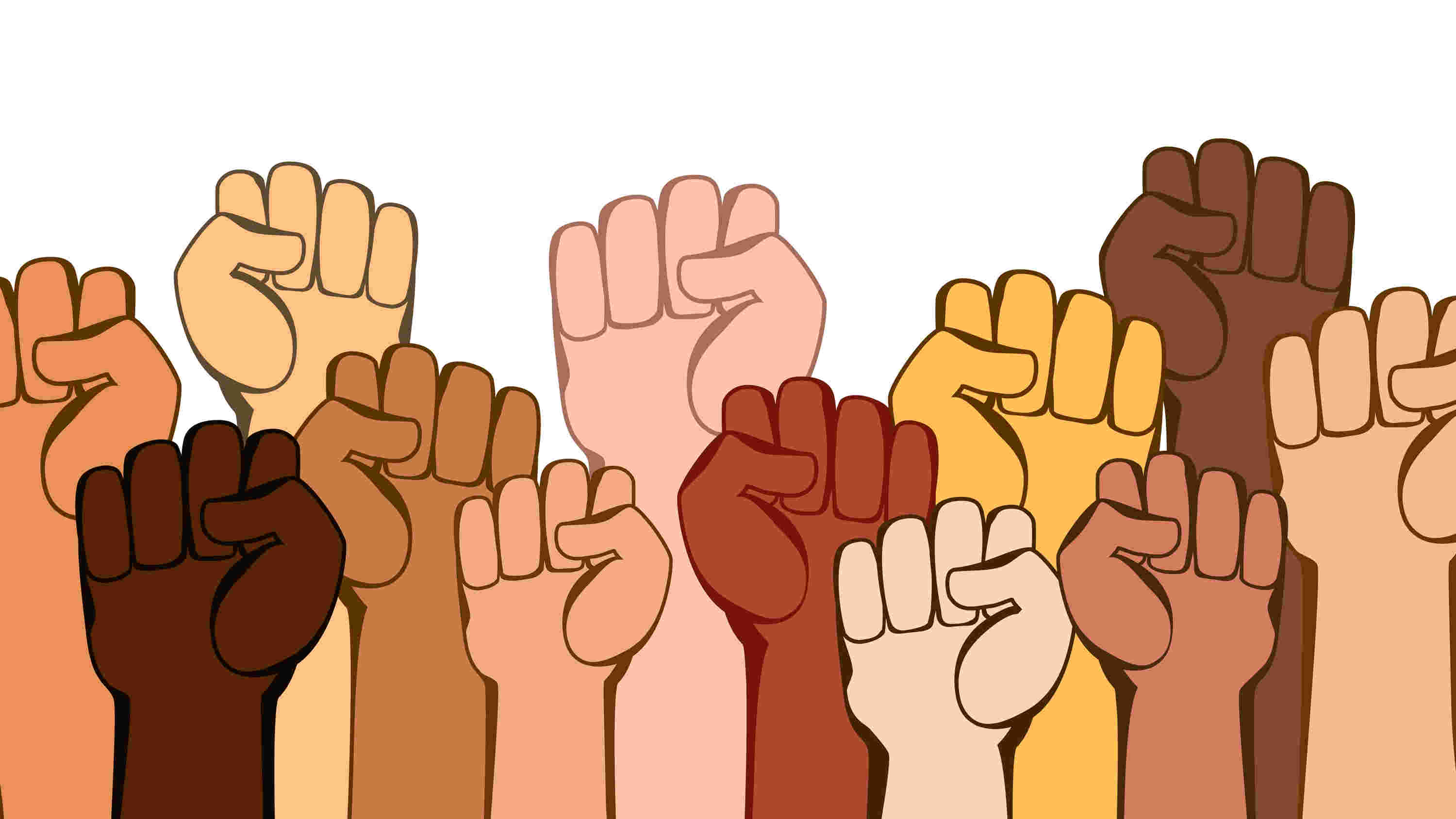The wise and uplifting judgment by the Delhi High Court, granting bail to three incarcerated students facing charges of serious transgression, including that which led to the slapping of the draconian Unlawful Activities (Prevention) Act against them, needs to be understood in a broader context. An immediate concern is the point that the court raised about the ‘evidence’ furnished by the investigators: it stated, tersely and clearly, that it remained unconvinced with the ‘proof’ presented to it. This has worrying implications in a nation where undertrial prisoners are said to constitute 70 per cent of the total prisoner population. Many among them are denied, or are even aware of their right to, legal counsel against motivated allegations. The court’s wisdom must be read as an unambiguous upholding of the principle of bail — rather than jail — being a prerogative. This should be a precedent that the judicial edifice — every tier of it — must contemplate. There is also a case for examining the tendency of the agencies of the State to use disproportionately powerful legal instruments — the UAPA is only one example — that ought to be applied only after careful deliberation. Incidentally, data provided by the Union home ministry revealed that only 2.2 per cent of the cases registered under the UAPA merited conviction in the courts.
Equally crucial — if not of greater importance — was the court’s observations on the root of the problem. There seems to be a fundamental anomaly in the contract between the Indian State — in its current form — and the people. Dissent and public protests, core elements that should ideally constitute the architecture of a democratic set-up, are increasingly being repackaged by a vindictive State as instances of terrorist activity. This equation cannot be benign. It is a prejudicial rhetoric that seeks to suppress criticism in the garb of a dubious morality. Here too, there is indisputable evidence to support the court’s contention. The majority of sedition cases have been filed after the political ascendancy of the Bharatiya Janata Party; the perceptible decline in India’s freedom charter in objective assessments has — is this not revealing? — also corresponded with the tightening political grip of the Narendra Modi government. All this perhaps can only lead to a natural conclusion. The emergence of the strong State, manifest in an unbending executive, appears to be inimical to the health of pluralism and democracy. With the fourth estate aligned with the powers that be, the hope of retrieving the democratic ethic lies with India’s learned courts.











